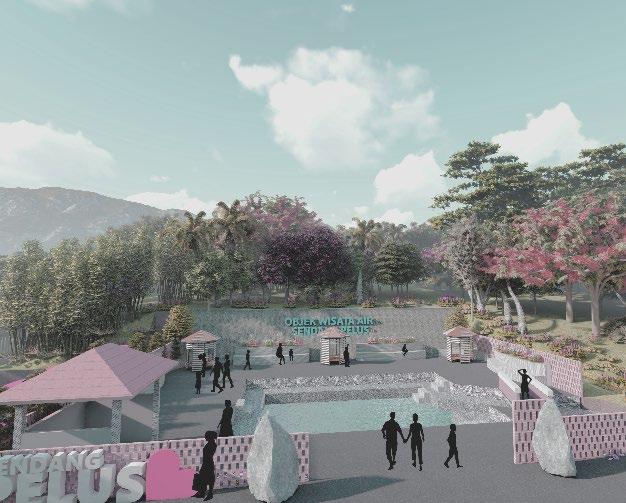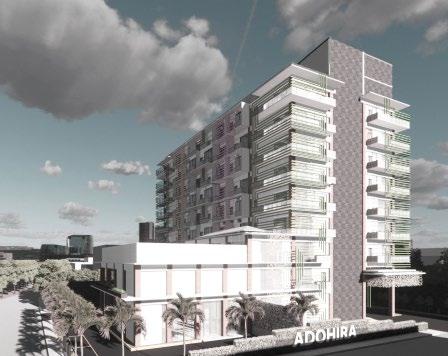
3 minute read
ADOHIRA APARTEMENT
Urban Farming in Apartments as an Independent Food Production Effort in Yogyakarta City
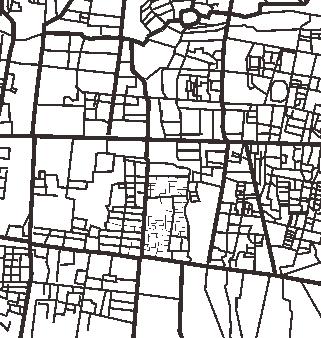
Advertisement
• Location : Umbulharjo. Yogyakarta
• Site area : 3.875 m2
• Building area : ± 15.000 m2
• Years Project : 2021
• 2D Software : Archicad
• 3D Modelling : Archicad
• Rendering : Twinmotion
• Photo editing : Adobe Photoshop
One of the calls for Sustainable Development Goals (SDGs) echoed by the United Nations mentions Ze r o H u n g e r. In this case, food sufficiency in a crisis becomes the main concern. One of the activities that can be carried out in meeting the SDG zero hunger criteria is urban farming. Urban farming was chosen because can be done in areas with minimal land and can becarried out in urban areas.
The selection of a suitable location for the design of apartments with the application of urban farming is the location of Umbulharjo. This location has become a development due to the customary settlement area and growth both economically and community conditions which can be a supporting factor in the design effort.
Design Issue
One of the calls for Sustainable Development Goals (SDGs) echoed by the United Nations mentions Ze r o H u n g e r. In this case, food sufficiency in a crisis becomes the main concern. One of the activities that can be carried out in meeting the SDG zero hunger criteria is urban farming. Urban farming was chosen because can be done in areas with minimal land and can becarried out in urban areas.
The selection of a suitable location for the design of apartments with the application of urban farming is the location of Umbulharjo. This location has become a development due to the customary settlement area and growth both economically and community conditions which can be a supporting factor in the design effort.
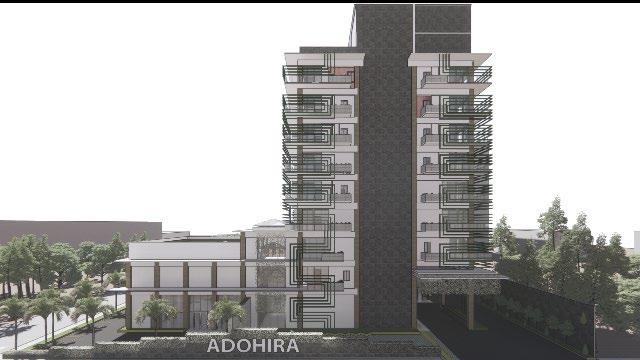
In this apartment, there are two wall structure areas. Every wall structure is placed on the Eastside and Westside of the building. There are some function of the wall structure :
To reduce the OTTV value, the east and west areas are placed on the walls of the structure that are still intact and reduce the glass openings on both sides
Because it uses a structural wall system that has better fire resistance than ordinary walls, this area also functions as a building’s vertical circulation area
3rd Floor
• Apart Unit
Roof SwimmingPool
• Swimming Pool
• Roof Cafe and Bar
Rooftop
• Water Treatment
• Roof Garden
• Swimming pool instalation
2nd Floor
• Roof Gardern
• Apart Unit
8th Floor
• Apart Unit
1st Floor
• Mosque
• Annex
• Apart Unit
7th Floor
• Apart Unit
6th Floor
• Apart Unit
GROUNDFLOOR
• Parking
• Lobby
• Electrical
• Hall
• Annex
• Loading Dock
BASEMENT
• Parking
• Water treatment
• Electrical
5th Floor
• Apart Unit
4th Floor
• Apart Unit
A growing facade is a vertical planting area with a hydroponic system/method with pipes as the main tool for distributing planting media, namely water from the highest floor of the building to the lowest or in the site area.
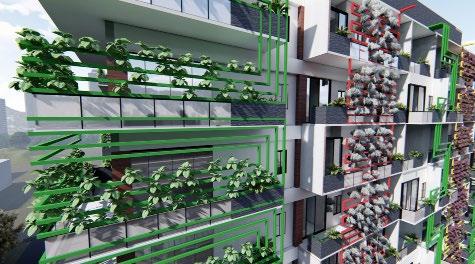
The water flow in this pipe will then go to the recycling water tank. This repetitive management which functions as a water planting medium uses water storage from rainwater whose storage area includes the site area and roof area of apartment buildings and annex building.
Some function the vertical hydroponic facade
1. Secondary facade for light shading.

2. Beberapa tumbuhan yang bisa ditanam pada media hidroponik (spinach, tomatoes, chilli, lettuce, leek).
3. Decrease the daylighting in the outside area of the apartment.
4. The unique facade can do color changes naturally.

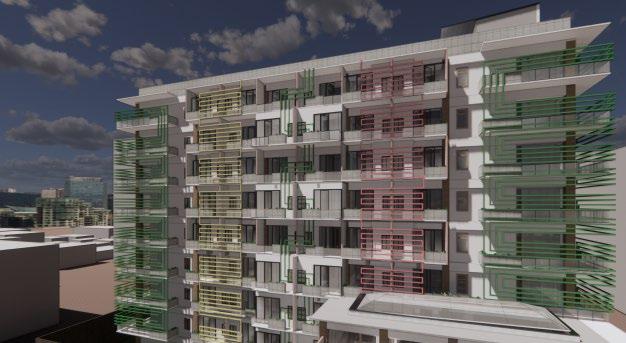

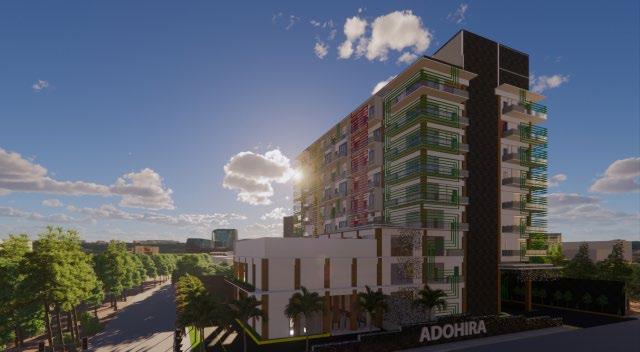
Sendang Pelus
Redesign Sedang Pelus as Water Tour at Rogodadi Village, Sub-district Buayan, District Kebumen, Central of Java
• Location : Rogodadi, Kebumen
• Site area : 420 m2
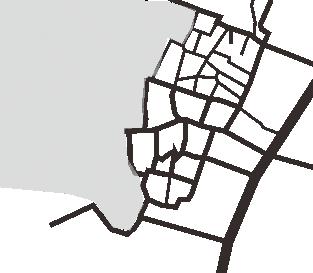
• Years Project : 2020
• 2D Software : Archicad
• 3D Modelling : Archicad
• Rendering : Lumion
• Photo editing : Adobe Photoshop
Sendang Pelus is one of the objects water tourism located in the village of Buayan, District Rogodadi, Kebumen Regency, Central Java. On 2020 has the opportunity to take part in provide ideas related to the latest designs for the water tourism object in the Work Lecture program Real (KKN).
Sendang Pelus, is a tourist attraction water that is still preserved. The water in Sendang Pelus is the main fulfillment of the residents’ water needs around. People’s daily activities such as washing clothes, and dishes, draining rice fields and other activities that require large amounts of water.
In addition to meeting the residents’ main water needs, daily. This water tourism location is used by residents for traditional and cultural activities. This location is still considered sacred and often held cultural titles rates on the platform of the Sendang Pelus tourist attraction.
